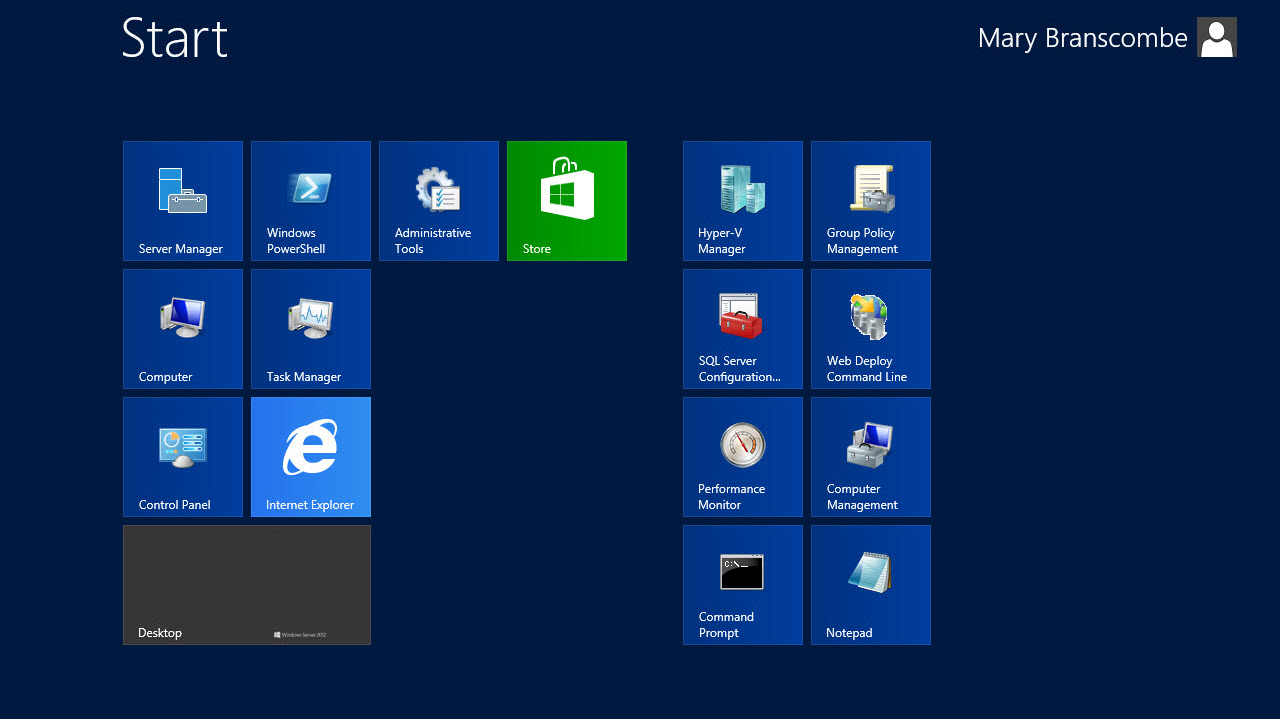Why you can trust TechRadar
We liked
Almost everything: whatever it is you want to do with Windows Server 2012, it's better in this version. Storage pools will be the standout feature for a lot of small businesses, because you can get enterprise class performance and management with consumer-cost storage.
If you only have one server, Hyper-V 3 is almost wasted, because the ability to move a running VM from one server to another with nothing but an Ethernet cable in between makes it a powerful and flexible option for both virtualisation and availability (and with Hyper-V Server remaining free, you're not going to be out of pocket if you don't need the rest of Windows Server on every system).
Simply being able to go back and forth between the command-line Server Core and a graphical interface on the same server without a time-consuming rebuild makes it easier to have a UI when you need to set up new server software and having a minimal system that needs fewer patches and reboots the rest of the time. There are no more confusions about which version to run; if you have a data centre, you get the Datacentre edition, otherwise you buy Standard and get all the features anyway.
We disliked
Whatever you think of the replacement of the Start menu by the Start screen, the real problem is that the user interface can be inconsistent. The new look doesn't go all the way down, so when you start in the Server Manager and then suddenly get faced with a console full of MMC snap ins, the transition can be jarring. And that friendly grid of tiles could fool you into thinking everything will be plain sailing, when setting up Direct Access or some of the options in storage pools still require you to understand what you're doing in quite some detail.
More step-by-step wizards and more troubleshooting guides would be helpful here; as it is, you'll want to take a training course, invest in an in-depth guide or keep the relevant TechNet pages open in your browser as you get familiar with Windows Server 2012. On the other hand, this is a server you can run your business on, so it's worth taking the time to make sure you know how to make the most of it the powerful new features.
Final Verdict
Windows Server 2012 doesn't just improve existing features, though it certainly does that, from PowerShell to network management and remote access; in particular Hyper-V catches up with and in many cases passes the competition. But it also brings high-end server technologies like continuous availability and storage pools at a budget price to any business that can afford commodity hardware.
Mary (Twitter, Google+, website) started her career at Future Publishing, saw the AOL meltdown first hand the first time around when she ran the AOL UK computing channel, and she's been a freelance tech writer for over a decade. She's used every version of Windows and Office released, and every smartphone too, but she's still looking for the perfect tablet. Yes, she really does have USB earrings.














